Marti Friedlander
Marti Friedlander, Photographer.
1928-2016
Kiwis know Marti Friedlander as one of New Zealand’s foremost photographers, with a body of work which challenges the viewer to look at familiar scenes, but with some reinterpretation via her lens.
Marti, born Martha Gordon in 1928 in London’s Jewish East End to Russian parents from Kiev, grew up in an orphanage from the age of three with her sister, Ann. Regardless of the challenges this would undoubtedly have presented, 14 year-old Marti won a scholarship place at Camberwell School of Art to study photography and, on leaving there, landed a job as assistant to Kiwi photographer Douglas Glass, and then to the leading fashion photographer of the day, Gordon Crocker.
It was at this time that Marti met New Zealander Gerrard Friedlander, who was in London. They married in 1957 and moved to Auckland to start their married life in New Zealand.
Marti initially found life in New Zealand hard. Although she had moved to be with the man she would love until the end of her life, she had no social network here and found New Zealand a lonely place.
London had a mature and thriving Arts community, which at that time New Zealand did not. Marti found New Zealand strange and different. However, this also meant that she brought a fresh eye to documenting New Zealand life, seeing new perspectives that home-grown Kiwis did not see.
“I thought, this place is so strange why not photograph it? See it as a stranger. I had a constant state of wonder. I was fascinated by this country, which was so different to where I'd come from. It was rural. It was provincial. It was actually quite cold. It was different in terms of human relationships. I'd never encountered so much drinking. I hadn't been used to that. I was seen as a stranger too because I was weird. I was very bohemian and I wore yellow stockings and things like that.”[1]
She sought out other artists, often who were also working alone, those with which she had common cause and began to photograph them, creating connections as well as a photographic record.
Being politically aware, and a member of the Labour Party, Marti’s attention was drawn to the anti-apartheid protests resulting from the 1960 All Blacks tour. She convinced Gerrard to go down to Myers Park and began photographing the protest, which deeply affected her because it was so gentle – just people making their views known without agitation. One (now famous) photo, showing protesters with a banner slogan reading "I'm all white Jack" was eventually bought by the BBC for a rugby film and the rest, as they say, is history.
Marti started her freelance career in 1964 and in 1972 her work came to the forefront of public attention when she began a collaboration with social photographer Michael King photographing Maori women with their traditional moko tattoos for his book, Moko. Marti considered this project the highlight of her career, and in 2010 she donated the series of 47 portraits to the national museum, Museum of New Zealand Te Papa Tongarewa.[2]
Marti And Gerrard Friedlander, through the Arts Foundation, announced in 2007 the launch of the Marti Friedlander Photographic Award, presented every two years to an experienced photographer. Marti Friedlander was also a supporter of the Auckland Council for Civil Liberties and Amnesty International.
By bringing an immigrant’s perspective on her adopted country she showed New Zealanders to themselves, and in doing so can be considered one of New Zealand’s finest photographers.
Marti Friedlander’s honours:
appointed a Companion of the NZ Order of Merit for services to photography (1999 New Year’s Honours);
received an Arts Foundation of New Zealand Icon Award (2011)
awarded an honorary Doctorate of Literature by the University of Auckland (2016)
This photograph of Mere Brown is part of the ‘Moko suite’
that captures the whakapapa and art of moko as well as the lives of kuia in the early 1970s.
The photographs were taken for the book Moko: Maori tattooing in the 20th Century, by Michael King, published in 1972 by Alister Taylor, Wellington. The book was later republished by David Bateman in 1992.
Kirikino Kohitu. From the series: The Moko Suite Gifted to TePapa by The Gerrard and Marti Friedlander
Charitable Trust, 2009.
Black and white photograph, gelatin silver print
Ralph Hotere by Marti Freidlander
Don Binny by Marti Freidlander
1] Marti Friedlander interview with Sarah Daniell, NZ Herald 25 Oct 2012. https://www.nzherald.co.nz/entertainment/twelve-questions-with-marti-friedlander/CXA7ZFX5VUCJ2V4D2PWTQQY6BE/
[2] "Photographer Marti Friedlander dies". Radio New Zealand. 14 November 2016.
Article in Art NZ by Prof Len Bell: http://www.art-newzealand.com/Issue99/Marti.htm








